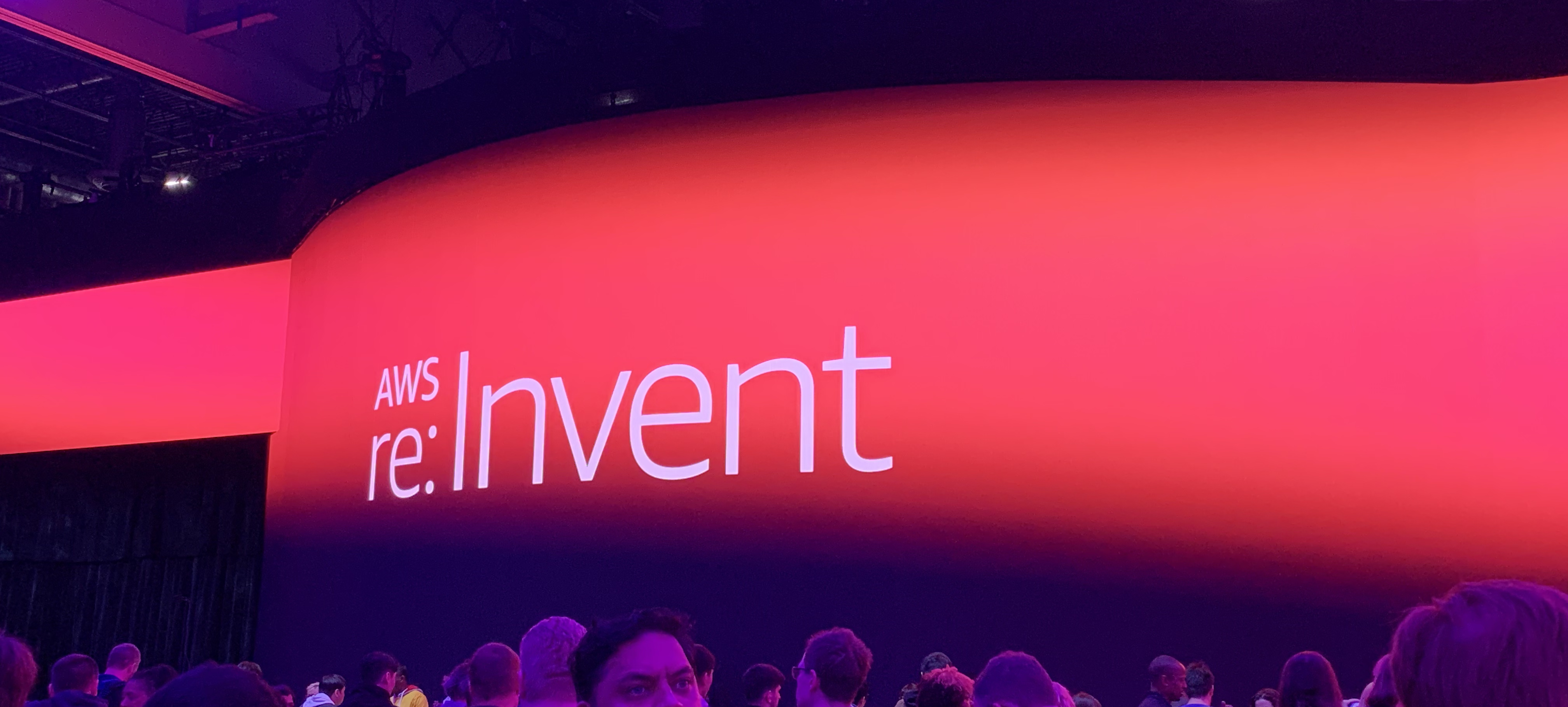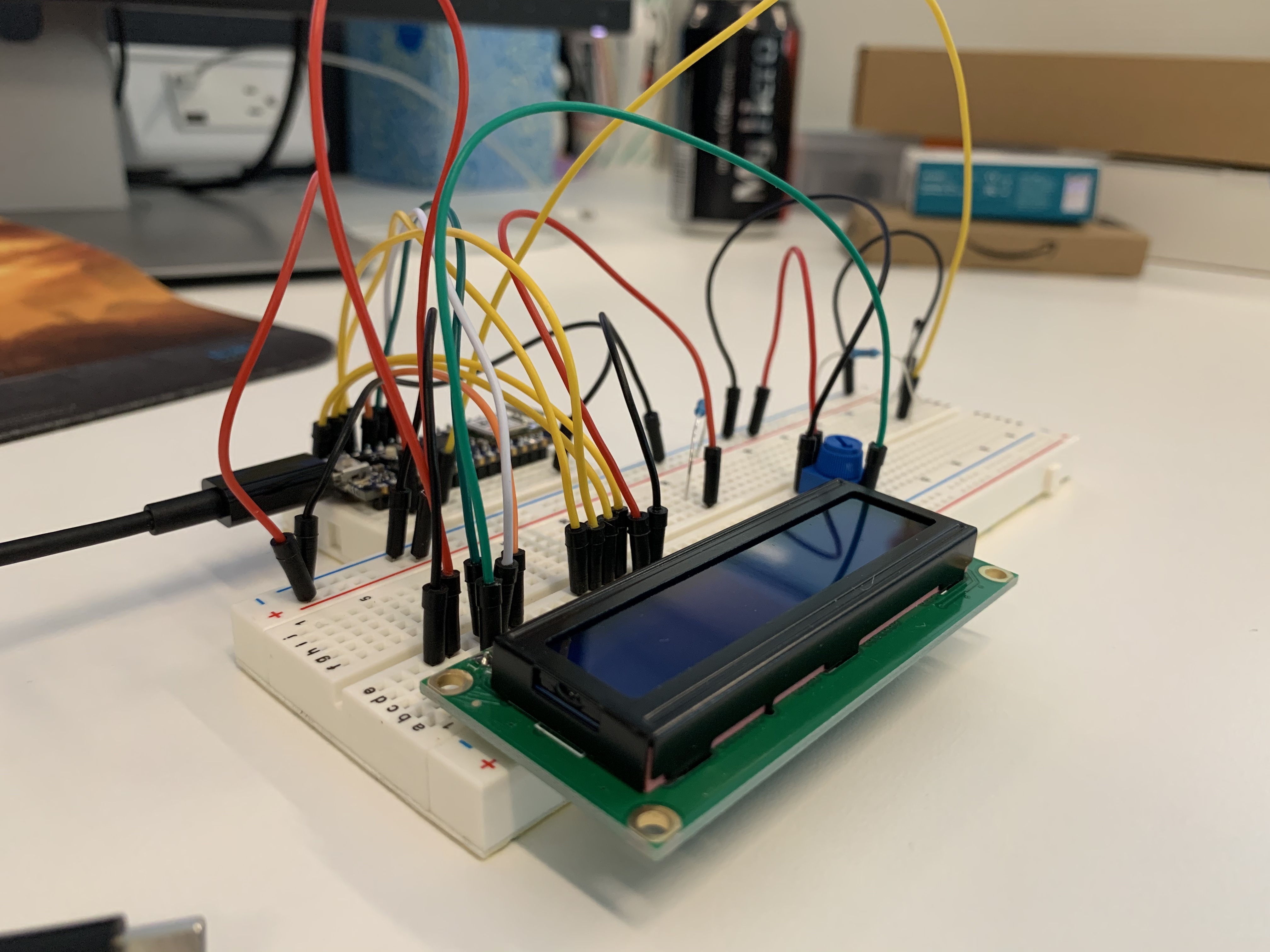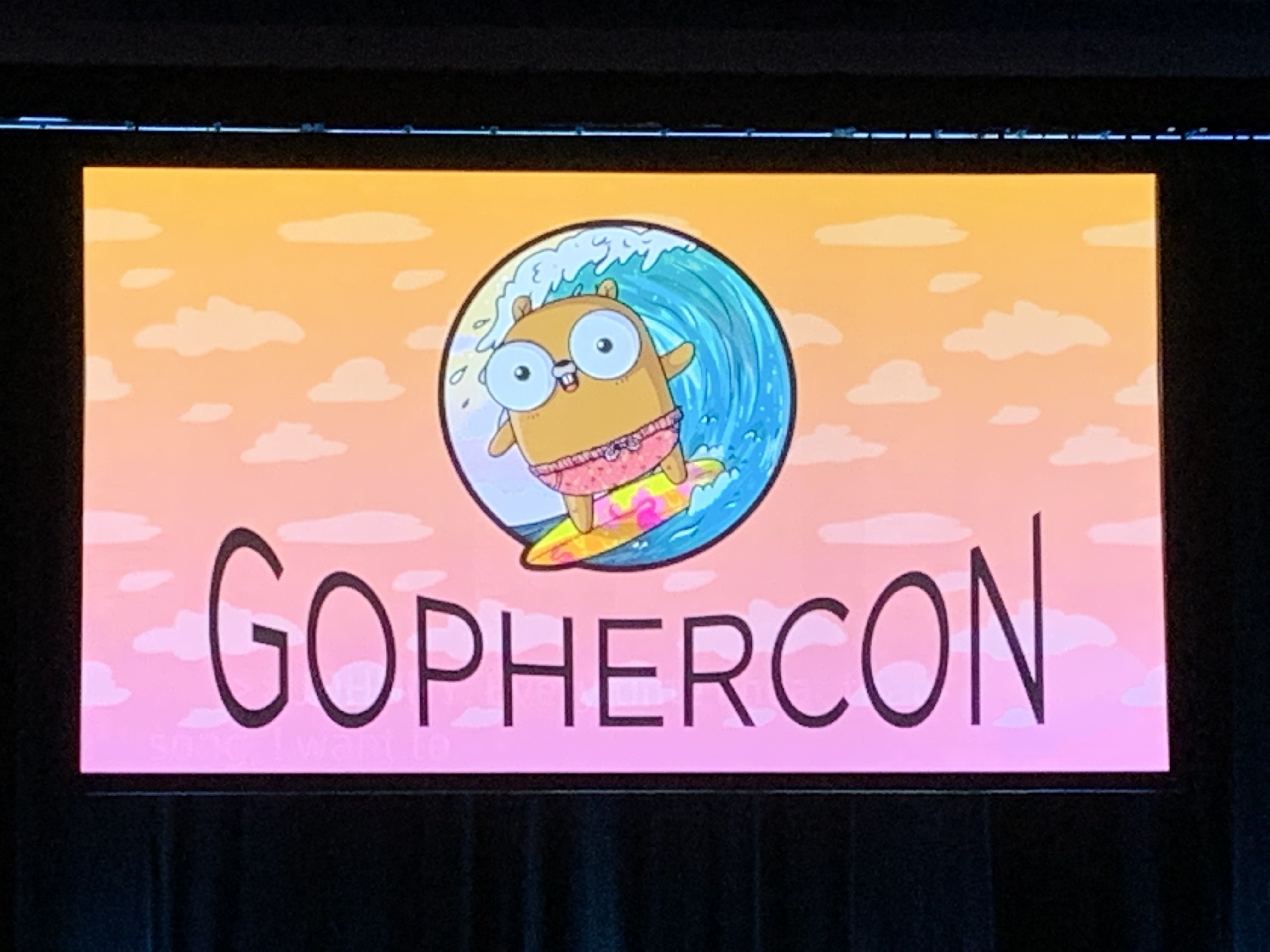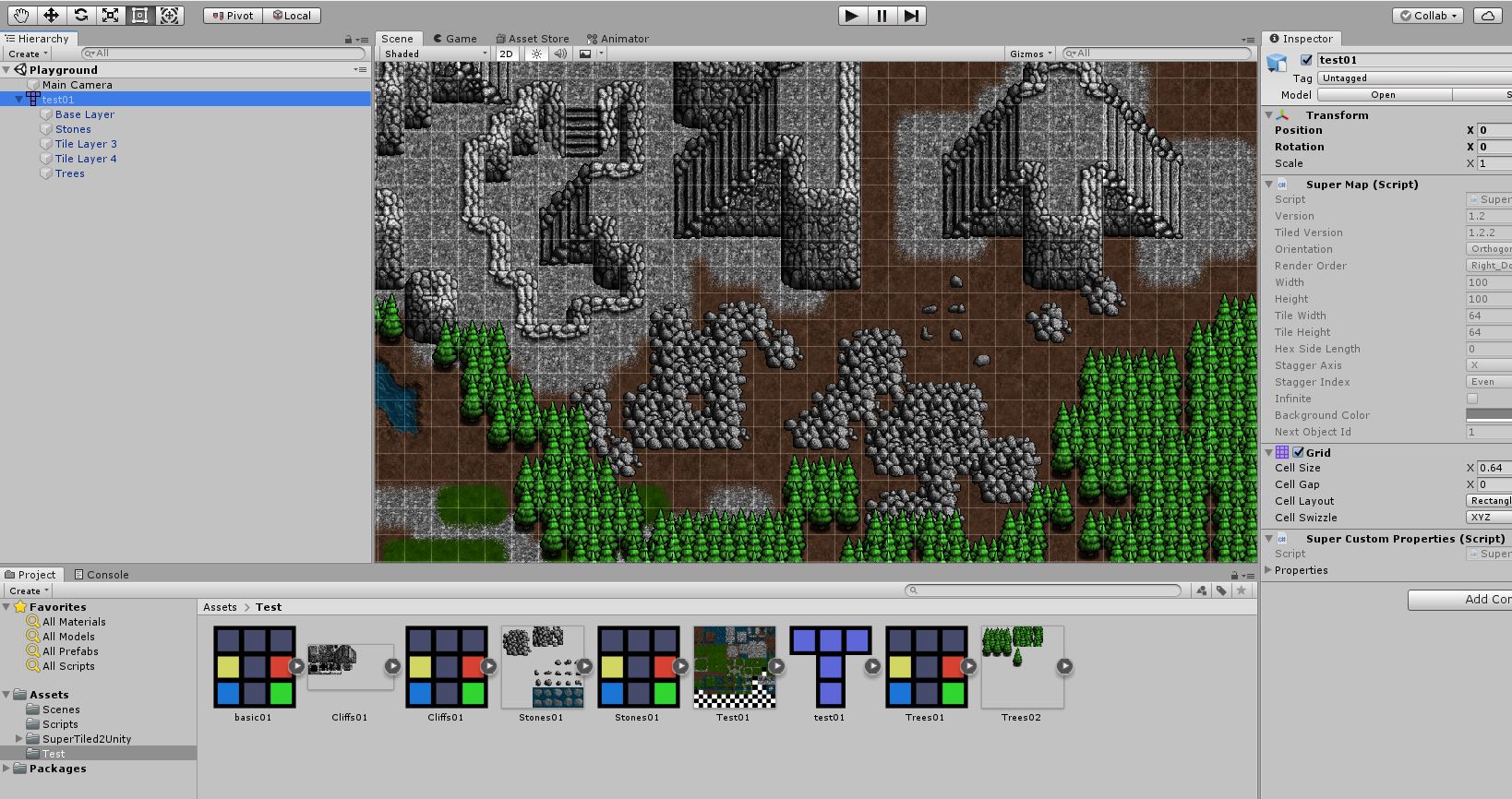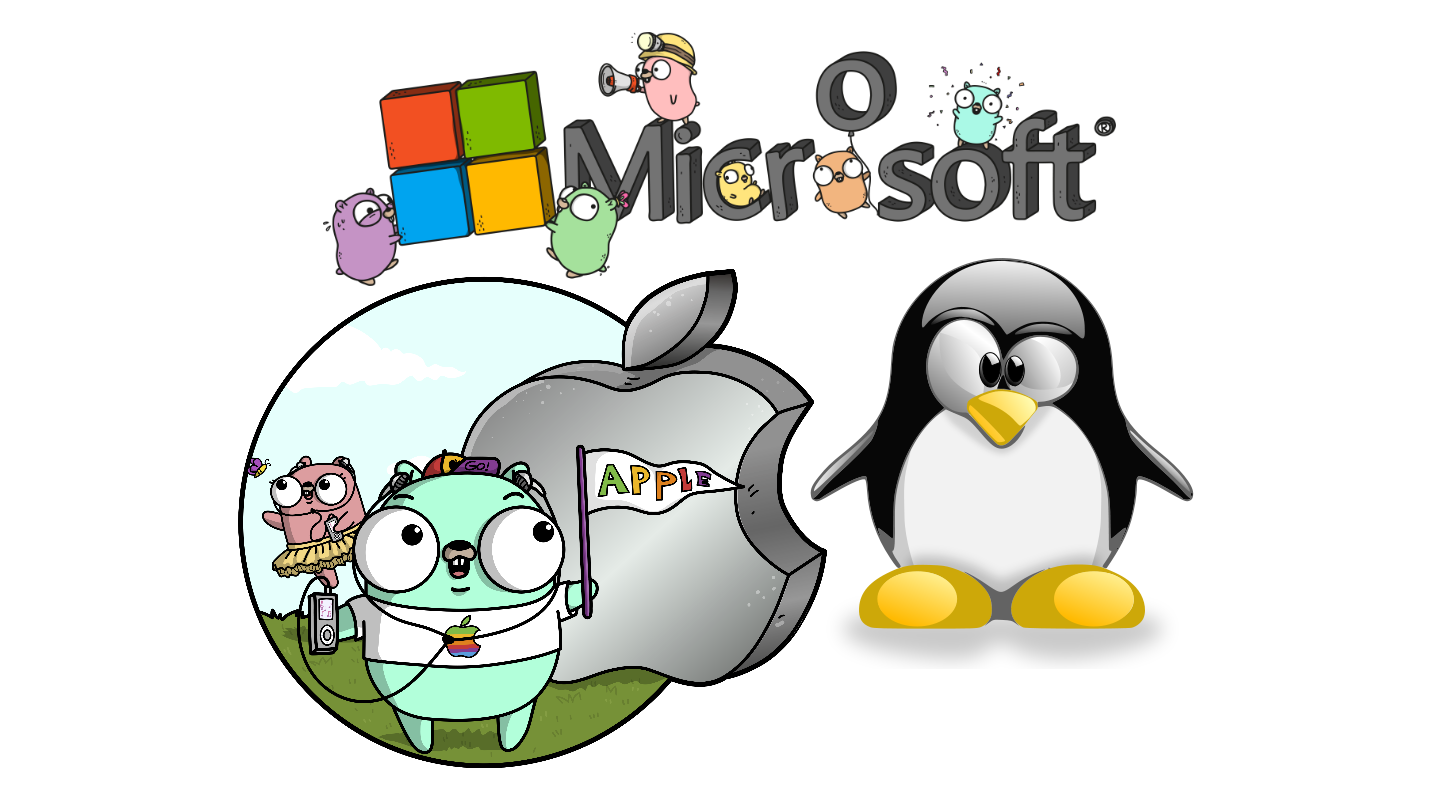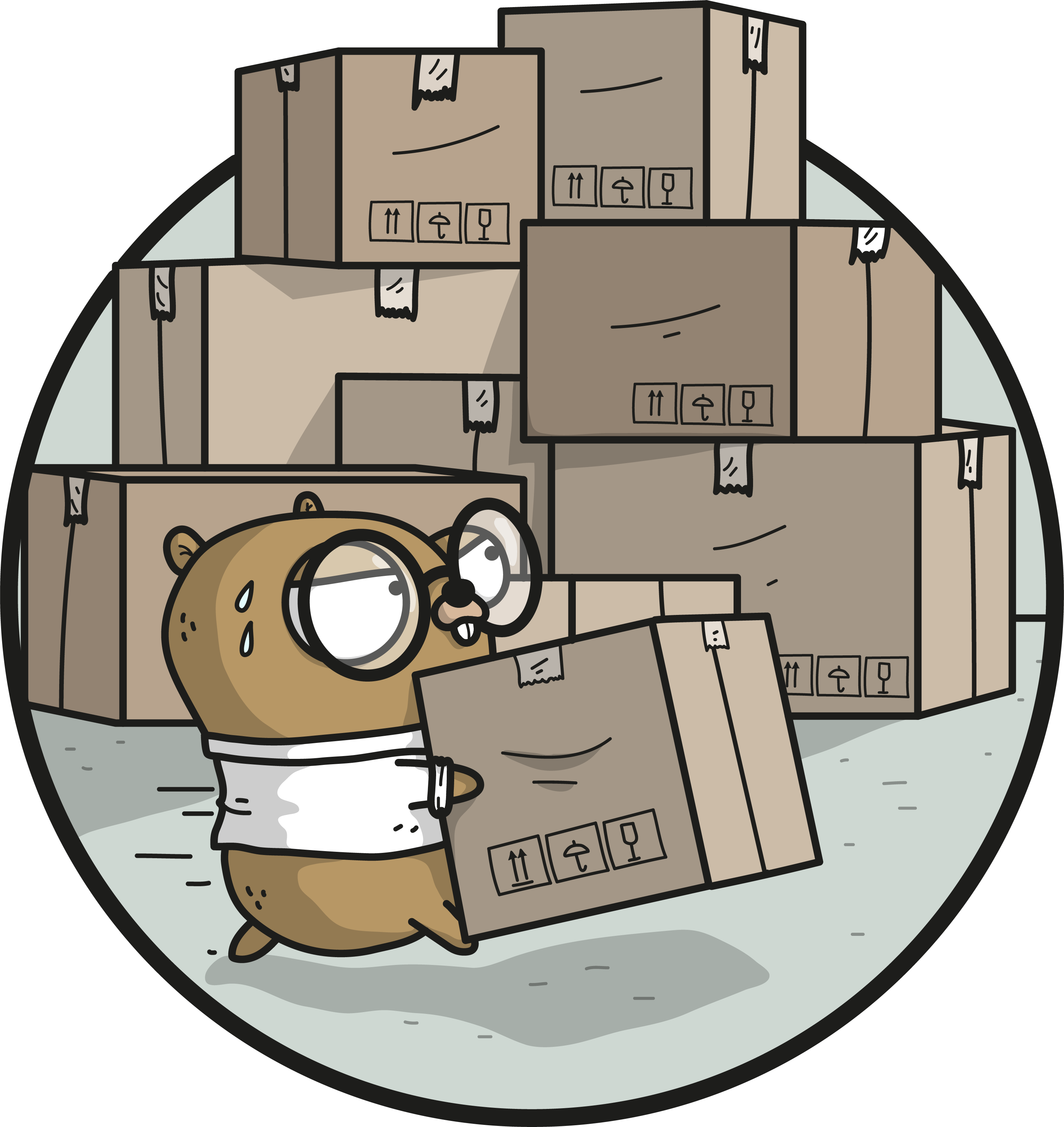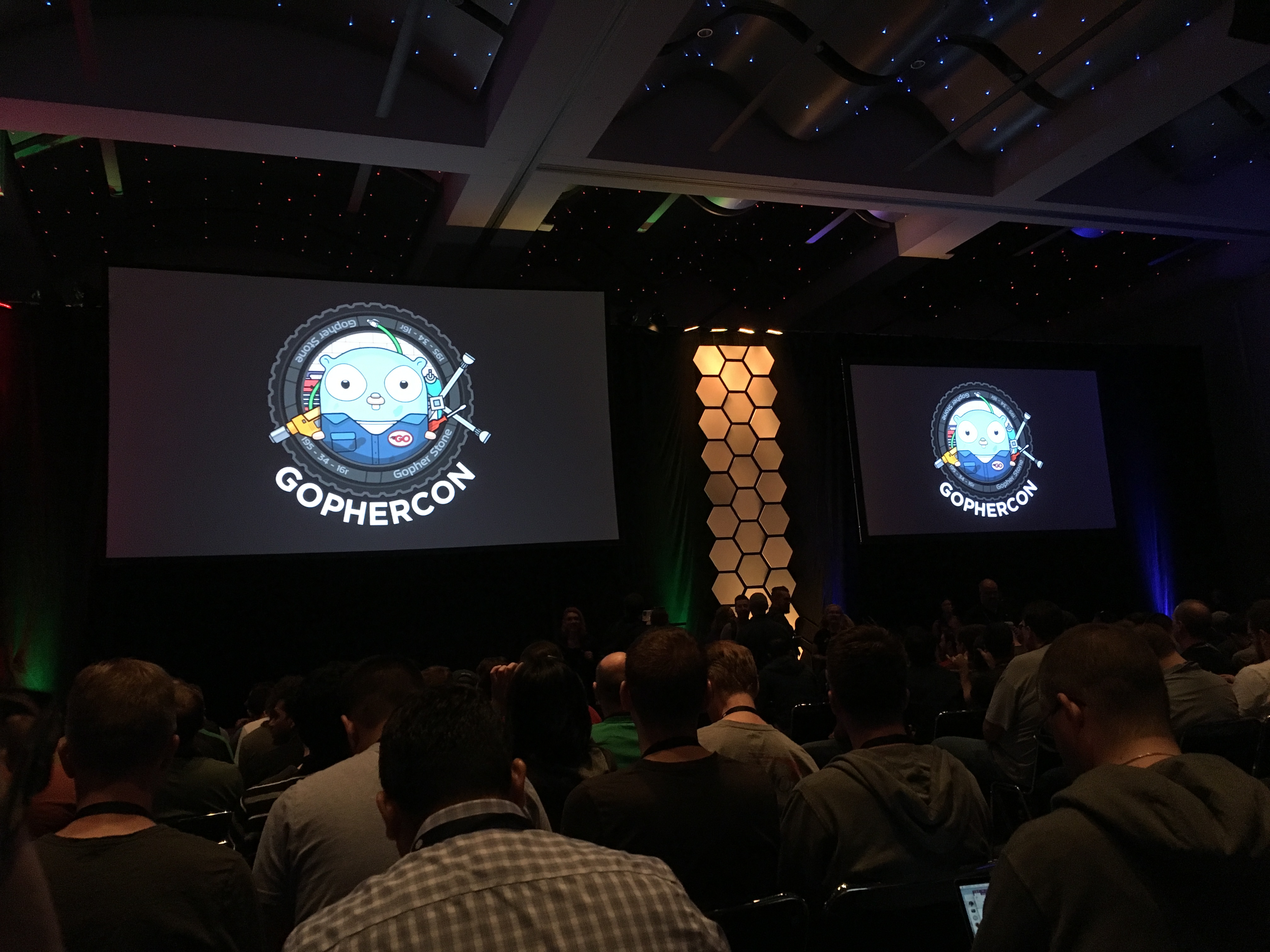Using Go Modules
Go Modules is the official dependency management solution for the Go programming language. Recently, I finally converted over my personal projects. I had been putting it off for some time, since I was waiting for the Go team to finalize everything and work out all the kinks. Go 1.11 was when Modules was first released as a beta. Go 1.12 still had Modules in beta mode and Go 1.13 was when Modules came out of beta.


 A refuge for sharing experiences with programming and technology.
A refuge for sharing experiences with programming and technology.

